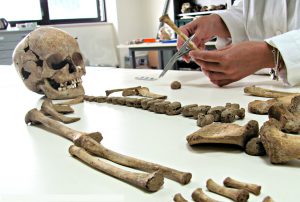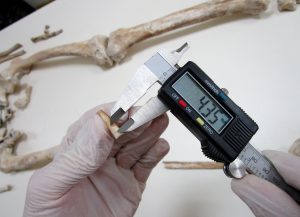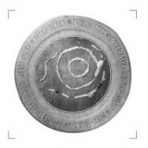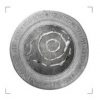The cemetery area of Vetricella has returned 31 burials in a earth pit, with and without headers. Thanks to the observation of the type of decomposition, we can say that, in most cases observed, there was a willingness to fill the pit without throwing the ground directly on the face and body of the inhumed. In fact, the cases of decomposition in empty space can be explained only by the presence of elements in perishable material used as a covering.
The position of the graves in the cemetery is in part diversified: most children, especially the youngest ones (0-2 years), seems buried against the north, south and west sides of an alleged quadrangular structure.
Anthropological analysis show an over-representation of sub-adults, in particular of children (0-1 years), and the presence of adults, exclusively male: a composition of the cemetery very different in comparison to a royal community (Fig.1) .

Almost all adults have skeletal characteristics attributable to equestrian practice, while sub-adults are affected, in very high percentages, with severe forms of porotinous hyperostosis, probably referable to congenital anemia. Further analysis of the present osteological material and a expansion of the sample will shed new light on the history and dynamics of the population from the site of Vetricella (Fig.2).



